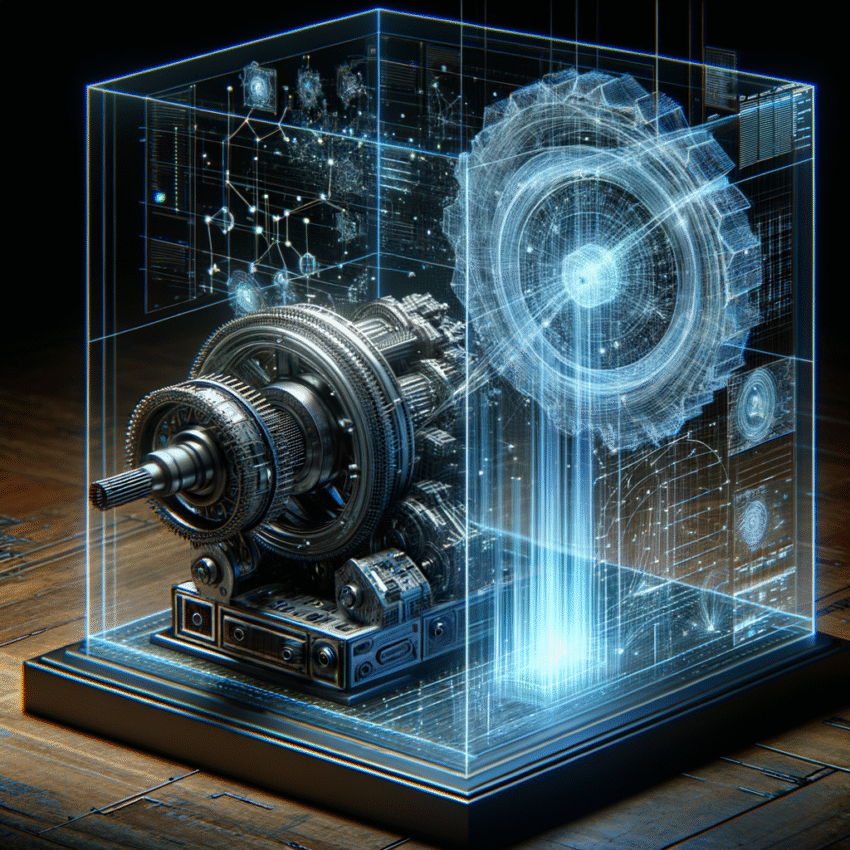Imagine being able to test, optimize, and perfect every aspect of a complex system before it ever exists in the real world. That’s the remarkable promise of digital twin technology—a revolutionary approach that’s transforming industries from manufacturing to healthcare, and reshaping how we design, operate, and maintain everything around us.
Understanding Digital Twin Technology
Digital twins are precise virtual representations of physical assets, processes, or entire systems that use real-time data to simulate, analyze, monitor, and optimize performance. Think of them as living, breathing digital copies that mirror their real-world counterparts with incredible accuracy. Unlike static computer models, these dynamic replicas continuously evolve using data from sensors, IoT devices, and other sources to provide actionable insights for decision-making.
What makes digital twins truly powerful is their ability to bridge the gap between the physical and digital worlds. Through continuous data flow from IoT sensors, these virtual models stay synchronized with their physical counterparts, enabling real-time monitoring and predictive capabilities that were previously impossible.
The Technology Behind the Magic
The rapid evolution of digital twin capabilities stems from three converging technologies that form the foundation of this innovation.
Internet of Things (IoT) serves as the nervous system, with sensors collecting and transmitting vital operational data that connects physical assets to their digital versions. Industry experts predict that 95% of IoT platforms will offer digital twinning capabilities by 2029.
Artificial Intelligence acts as the brain, processing massive amounts of sensor data to identify patterns, predict outcomes, and optimize operations. AI-powered predictive analytics help anticipate equipment failures and optimize performance, while automated decision-making allows digital twins to respond to changing conditions autonomously.
Cloud Computing provides the muscle, offering the storage space and computing power needed to simulate complex systems. Cloud infrastructure enables digital twins to perform sophisticated analytics and facilitate real-time collaboration across manufacturing spaces.
Transforming Industries Through Innovation
The impact of digital twin technology extends far beyond theoretical applications. Companies using digital twins report an average 15% improvement in operational efficiency and reduced carbon emissions. Here’s how various sectors are leveraging this technology:
Manufacturing benefits from improved design processes and dramatically reduced downtime. Digital twins enable comprehensive representations of entire production lines, integrating machines, workflows, and logistics for end-to-end visibility.
Healthcare is experiencing revolutionary changes with personalized treatments and enhanced clinical trials. Digital twins allow medical professionals to create patient-specific models for better treatment planning and outcomes.
Smart Cities are using digital twins to optimize infrastructure and services. The University of Florida’s “Digital Twin” project creates virtual models of entire cities, allowing researchers to simulate climate and infrastructure scenarios for more sustainable urban planning.
Energy Sector companies like Siemens are enhancing wind turbine performance by integrating AI with digital twins, optimizing not just individual turbines but entire wind farms for better energy production.
Key Benefits Driving Adoption
The advantages of digital twin technology are compelling and measurable:
Enhanced Productivity comes from optimizing processes and operations through real-time visibility into physical systems, making it easier to identify inefficiencies and implement continuous improvements.
Reduced Downtime is achieved through predictive maintenance capabilities that minimize equipment failures. By predicting potential issues, digital twins extend operating times and reduce economic losses.
Cost Savings result from reduced need for physical prototypes and real-world testing. Companies can ensure products meet compliance requirements and customer needs in the digital world before building them physically.
Improved Quality emerges through continuous simulations and analyses that help detect and correct quality issues before they become costly failures, ensuring more reliable final products with fewer defects.
Digital Twin Technology: 2025 and Beyond
The digital twin market is experiencing explosive growth, with projections showing it will reach $110 billion by 2028, growing at 61.3% annually from 2023 to 2028. Looking toward 2025, several key trends are shaping the future of this technology:
AI Integration is making digital twins more intelligent, adaptive, and predictive. These AI-enabled replicas are becoming autonomous systems that learn, adapt, and act independently.
System-Level Expansion is moving beyond individual equipment to comprehensive representations of entire systems, factories, supply chains, and even cities.
Edge Computing Convergence combines cloud processing power with low-latency edge responsiveness, enabling real-time, high-impact decision-making across distributed environments.
Twin-as-a-Service (TaaS) models are emerging, making digital twin technology more accessible to organizations of all sizes.
As we advance into 2025, digital twins are evolving into intelligent ecosystems that combine AI, machine learning, IoT, and cloud technologies to mirror and manage real-world systems with unprecedented sophistication. This technology isn’t just changing how we work—it’s revolutionizing how we think about the relationship between physical and digital worlds.
The future belongs to organizations that can harness the power of digital twins to create more efficient, sustainable, and intelligent operations. With 57% of organizations reporting that digital twins strengthen their sustainability efforts, this technology represents not just a competitive advantage but a pathway to a more sustainable and optimized future.
- What is a Personal Digital Assistant? - September 6, 2025
- What is a Digital Audio Workstation? - September 3, 2025
- Apple AirPods Pro 3 Set for September 9 Launch - September 1, 2025

